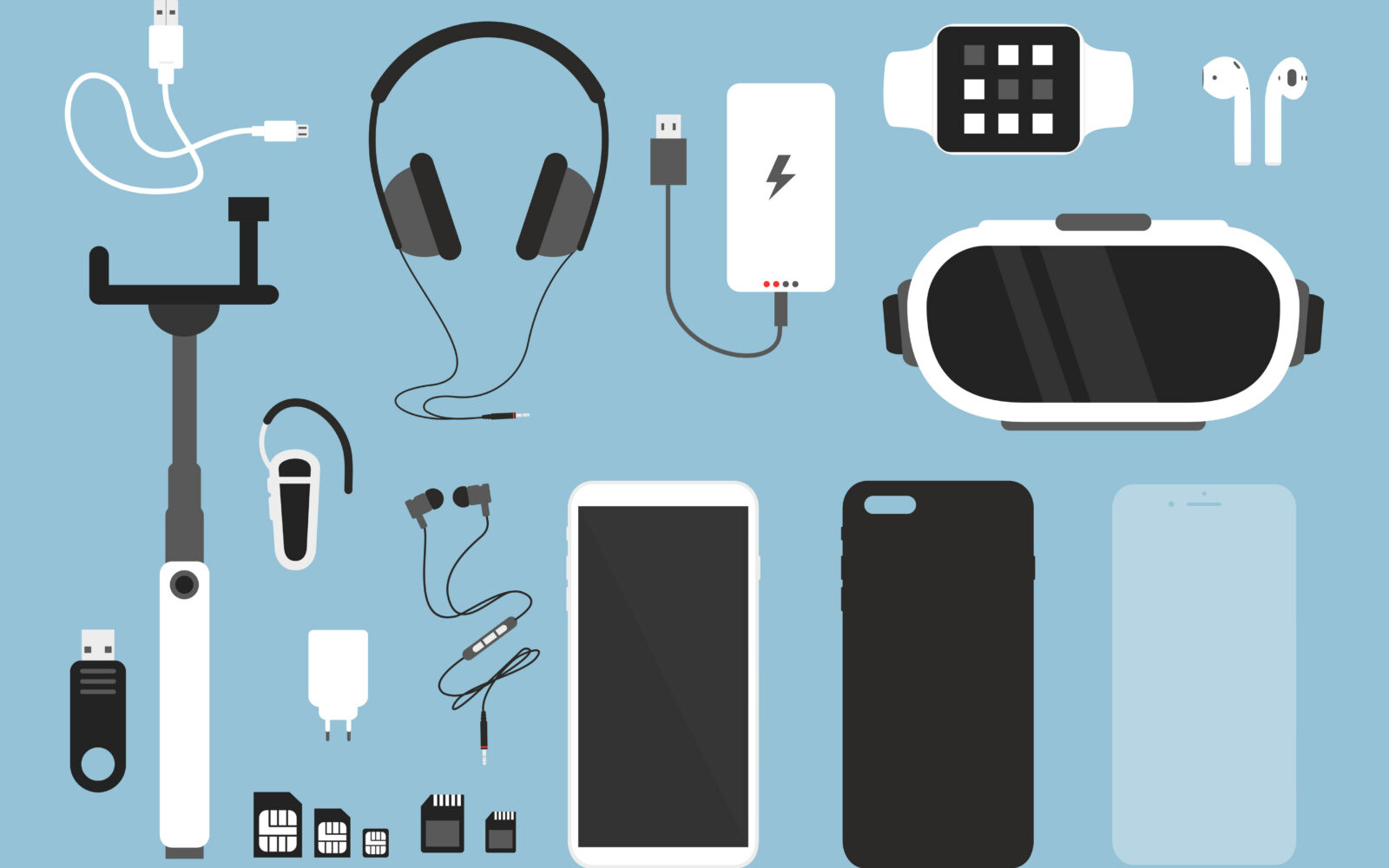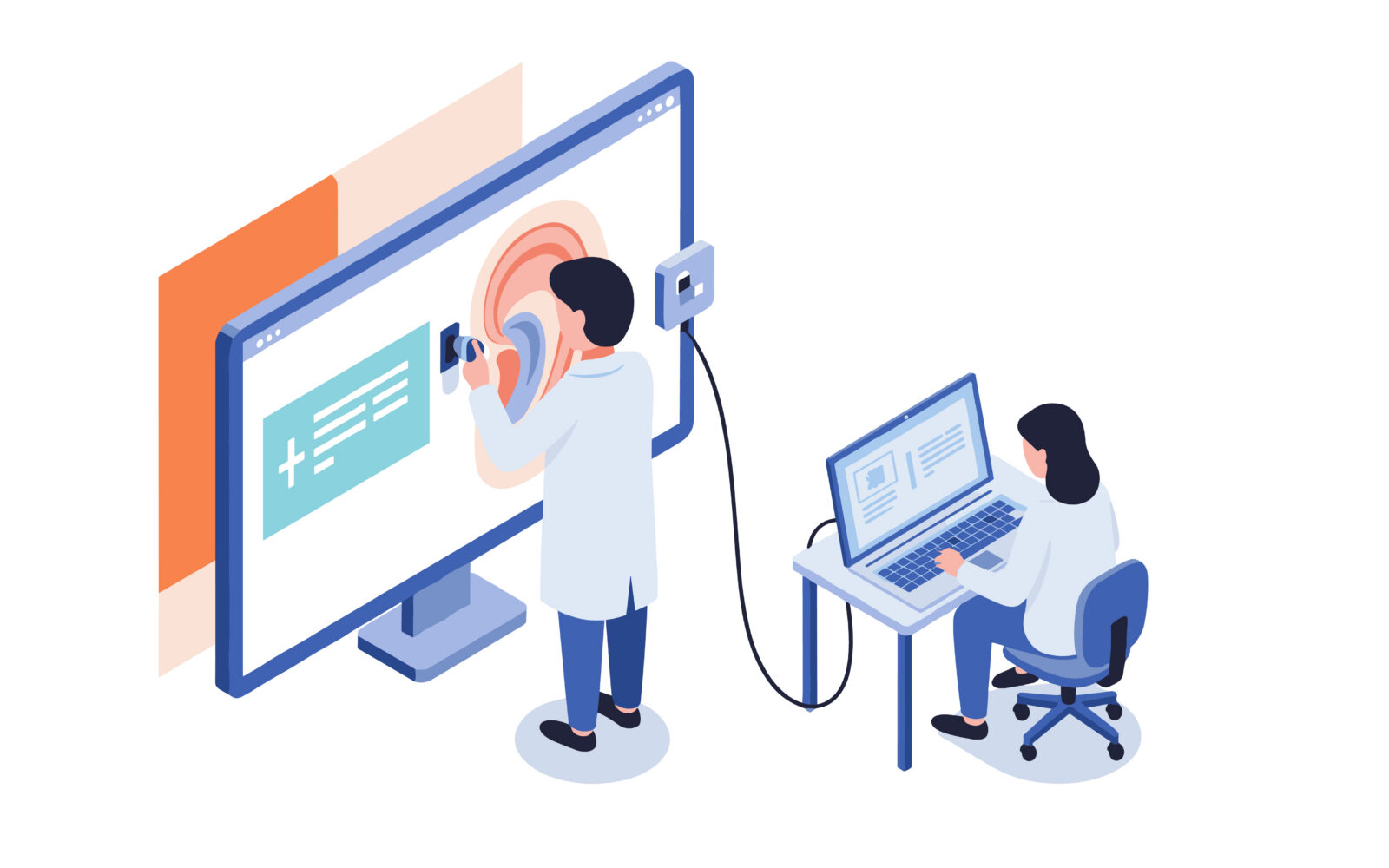Cell Phone Accessories for Hearing Aids
Thanks to modern technology, there are a number of cell phone accessories


Thanks to modern technology, there are a number of cell phone accessories

Happy Thanksgiving to you! We are so thankful for you. We hope you have a

If you have been referred for a diagnostic audiologic evaluation, it means